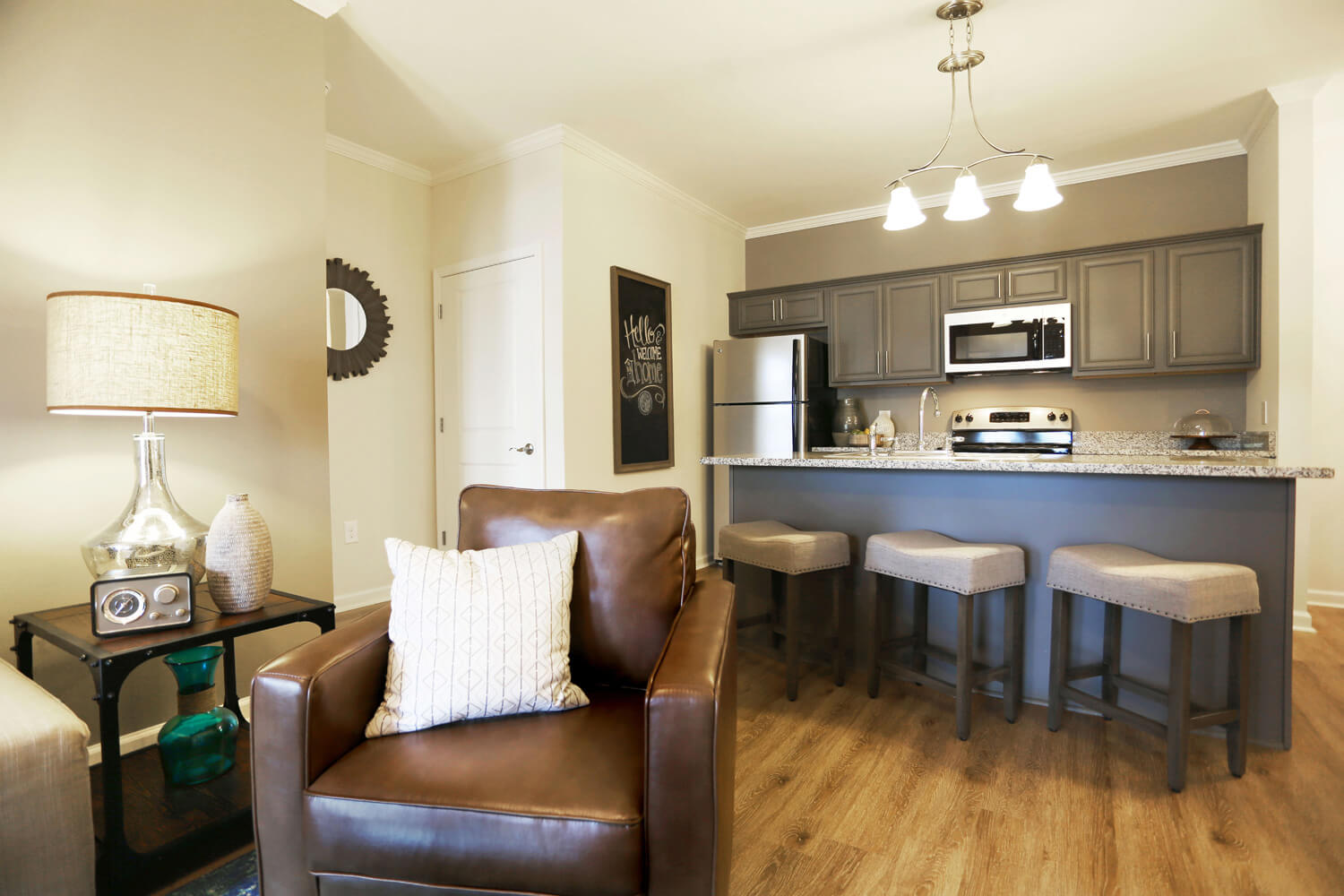It sounds obvious!
Having multiple electrical switches in a bathroom will cost more money than a single switch, right? But, is there more to this conversation? Let’s shine some light on a few reasons why we recommend having only one single switch in each multifamily bathroom.
An electrician can purchase a basic electrical switch for around five dollars. Five dollars, you say? What is the big deal? We must always consider a multiplier factor with every decision, whenever we are talking multifamily projects. Imagine if you are able to save $5.00 in each of the 200 apartment units that you are building? We have now saved $1,000 on the overall project (assuming only one bathroom per apartment). Not bad, right?
So what are some other items we should consider? Well, most multifamily bathrooms have a vanity light above the sink, a vent fan, and some type of ceiling light. (most often built into the vent fan). This typically translates into a single gang switch on the wall for the vanity light and a pair of stacked switches beside it for the fan/light combo.
But why in the hee-haw do we need three switches in this small space?
Is there a time that a tenant would choose not to turn on all three switches simultaneously? Well, actually there is, and this is a HUGE concern! Based upon our experience, this could cost you thousands of dollars, risk the health of the tenants, and quickly gain you a bad reputation on social media. Why is this, you may ask, and how can I avoid such problems?
The key for us is to ensure the vent fan comes on every time the bathroom is used! While some may think the vent fan’s job is to remove odors, its real purpose is to remove moist air. As construction continues to improve and buildings become tighter, there is less air infiltration from the exterior. Although great for energy efficiency, this can also lead to indoor air quality issues, without a proper functioning vent fan.
Let’s consider the average American adult:
She wakes up in the morning, takes a hot shower, and rushes out the door to school or work. On the way out, like a good environmentally conscious citizen, she turns off the thermostat to conserve energy and money. As she will be away from the home for several hours, there is no need heat and cool the apartment during this time.
Assuming she did not use her vent fan in the bathroom, she just created a “rain forest” inside the apartment, without realizing it. Over time, this practice leads to major problems, as the humid air is a petri dish for mold and mildew. As soon as a tenant sees biological growth on the walls of their apartment, be assured that YOU will be the one they blame! In addition, they may not realize the root cause of the mold and mildew, so they are often quick to share photos on social media discouraging others from living in this “problematic” development.
Why risk the health and safety of the tenants and jeopardize your reputation at the same time? If a tenant is left with a choice on whether or not to turn on the vent fan, often they choose not to do so, mainly due to the noise of the fan. Remember, the vent fans used in multifamily projects are typically the least expensive models that have a high noise rating, measured in Sones. Though installing a quieter, low Sone fan may help, it is certainly not a guarantee the fan will be used!
The Safe Bet:
The only safe bet is to install a single electrical switch that forces the vent fan to be turned on along with the bathroom lights. This simple solution can save thousands of dollars off the initial cost of construction, reduce maintenance issues associated with indoor air quality issues, and help protect you from a lawsuit. This is one, easy decision that is a win-win for all parties involved!




